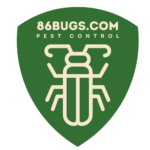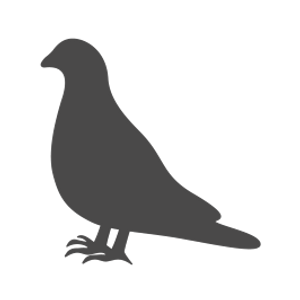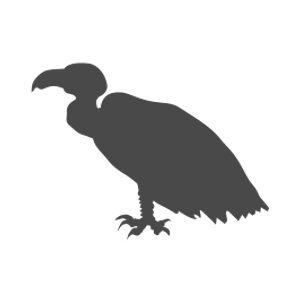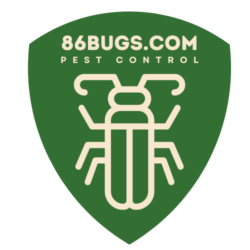Avian Nuisance Mitigation
Vultures
Turkey Vultures taking over your home or business? Get 86Bugs' bird deterrents to keep them away. Affordable, effective and easy to install.
Large and imposing, turkey vultures can be found in North and South America. They are a costly nuisance around industrial and commercial sites where small animals and trash are abundant. Their droppings are odorous and damaging to electrical equipment. With their sharp beaks, they can cause additional damage to property and vehicles. The best way to get rid of these birds is to deny them carrion, scrap foods and perching posts.
Information About Turkey Vultures
Turkey vultures are large dark birds with long, broad wings. The have a wingspan of as wide as 6-1/2 feet and weigh as much as 4-1/2 pounds. They glide low to the ground, sniffing for carrion, soaring in small groups and roosting in larger numbers. Turkey vultures loiter around open areas such as roadsides, suburbs, farm fields and sometimes airports. They roost on poles, towers, dead trees and fence posts. Their most common food sources include landfills, trash heaps, and construction sites.
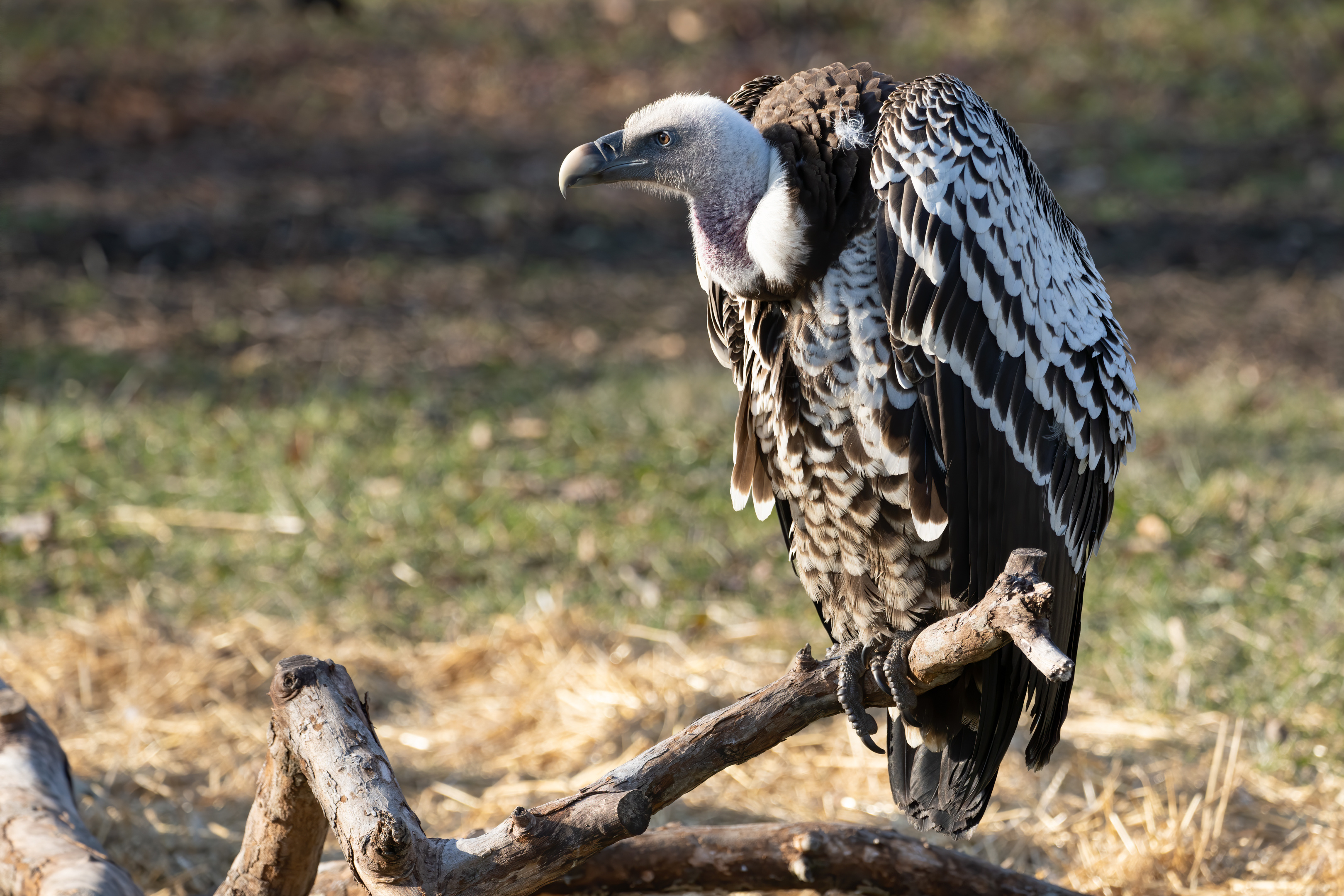
Why Turkey Vulture Control?
Turkey vultures can damage homes and commercial buildings by tearing up window caulking, roof shingles, vent seals, rubber roof liners, and pool covers. They can also damage vehicles by scratching paint, removing rubber seals and wipers, and ripping vinyl seat covers from boats and tractors. Their droppings and vomit can damage communication towers and electrical transmission structures, resulting in arcing and power outages—a huge expense for utility companies. Turkey vultures can also seriously injure livestock, as they often target the eyes and soft tissues of these animals, so animals must often be euthanized. Vulture droppings near homes, pools and drinking water sources may pose health problems for individuals and municipalities. Finally, vultures loitering around airports can be hazardous to aircraft due to their soaring behavior.
How to Get Rid of Vultures
There are several humane options for deterring turkey vultures from landing or nesting on your property. It’s important to thoroughly clean up any bird droppings or nesting materials before any deterrent products are installed (turkey vultures are attracted to the scent of their droppings and nests). Turkey vultures forage for food during the day and return to their roosts at night. Here are a few steps you can take to get rid of turkey vultures:
- Prevent turkey vultures from landing on rooflines, ledges or railing with Mega Spikes, or Plastic Bird Spikes. These spikes create an uneven landing surface the birds cannot land on.
- Block vultures from entering unwanted areas with Net 2000, our heavy-duty polyethylene net.
Remove Food Sources
- Tightly close all trash containers.
- Dispose of any carrion or other food scraps on your property.
- Keep a watchful eye on any sick livestock.
Scare Tactics
Turkey vultures are alert to any perceived threats, so scare tactics can be highly effective.
- Create a visual distraction zone by hanging Visual Deterrents, such as the Flash Tape, Predator Eye Balloon and Reflective Eye Diverters.
- Scarecrow Motion Activated Sprinklers are a good option for keeping turkey vultures off patios, decks or yards.
